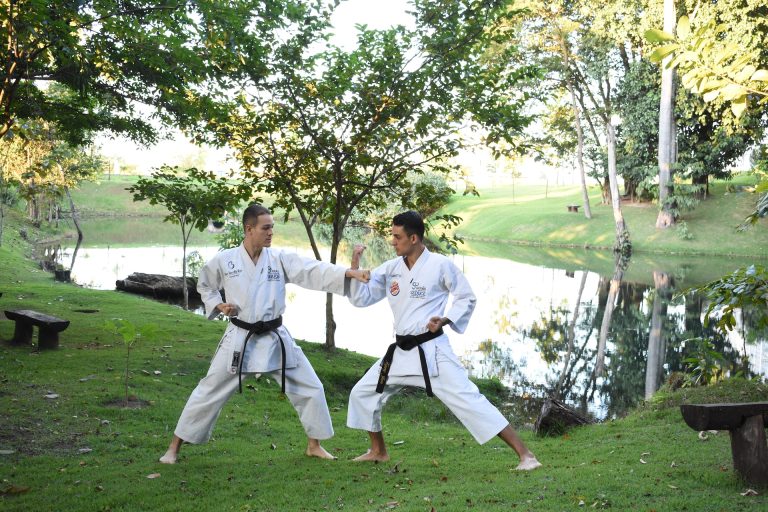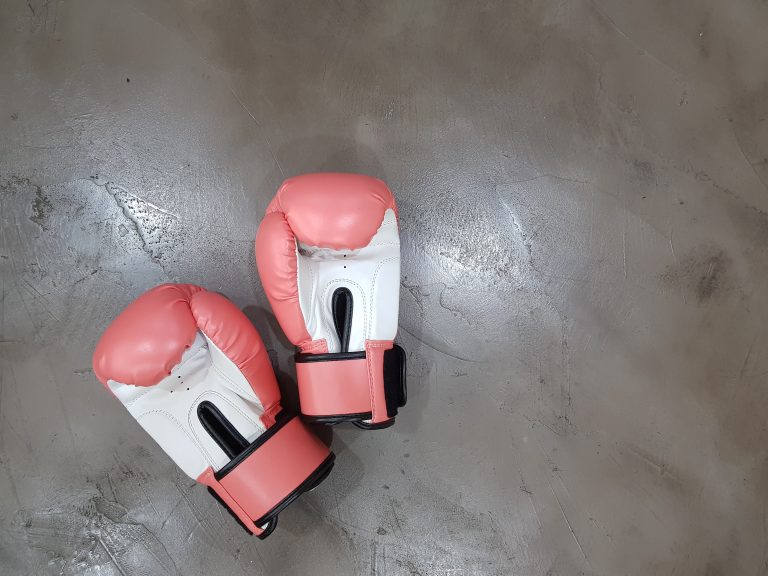What Comes After Orange Belt in Karate?
Karate is an ancient martial art that has become increasingly popular all over the world. It is a well-known fact that karate offers a wealth of physical and mental benefits to its practitioners. It enhances self-discipline and focus, improves strength and flexibility, and helps to promote a healthy lifestyle. One of the features of karate is its belt ranking system that signifies a student’s progression through different levels of skill and knowledge. In this blog post, we will discuss what comes after the orange belt in karate.
The Belt Ranking System in Karate
Karate has a hierarchical belt ranking system that allows students to progress through a series of levels of increasing skill, knowledge, and expertise. As the students move up through these levels, they are awarded different colored belts that signify their progress and are an indication of the mastery achieved. The belt ranking system includes white, yellow, orange, green, blue, purple, brown, and black belts.
What Comes After Orange Belt in Karate?
After attaining the orange belt, a student progresses to the green belt. In many karate schools, the green belt represents a significant milestone in the student’s progress. It is the point where the student begins to learn more advanced techniques and begins to develop a deeper understanding of Karate as a martial art.
The Challenges of Green Belt
Green Belt in karate indicates a student is experiencing a crucial stage in their karate journey. It is when the number and complexity of techniques increase. Students at this level are typically learning more complicated self-defense moves, intricate forms (kata), and advanced sparring techniques.
This stage presents a new challenge, which is learning to move beyond the basics, perfecting skills acquired at the previous levels, and getting out of the comfort zone. The transition from orange to green belt puts extra emphasis on the student’s ability to integrate the Fundamental Blocks into more advanced techniques, such as combinations of counters and attacks.
At this stage, students are expected to show strong discipline, focus, and dedication to training. Karate students who have earned the green belt status have undoubtedly proven their fitness level and are comfortable with consistently challenging themselves, reaching many new heights.
In some cases, students can progress through intermediary belt colors between two primary rank colors. For example, some dojos have a belt for green-white or green-blue, a belt with half-green or half-blue to indicate progress is being made between rank colors.
Frequently Asked Questions About Advancing Beyond Orange Belt in Karate
If you’re a martial arts enthusiast, chances are that you’re aware of the different belt colors that signify progress in terms of skill and experience. The orange belt is a significant milestone in karate, but it’s not the end of the journey. In this post, we’re going to answer some of the most common questions concerning what comes after orange belt in karate.
1. What is the Next Belt Color After Orange in Karate?
The next belt color after orange in karate is typically green. Green indicates growth, as well as a deeper understanding of the techniques and principles of karate. After green belt, you can typically expect to progress through the ranks of blue, purple, brown, and eventually black.
2. How Long Does it Take to Get to the Next Belt After Orange?
The amount of time it takes to advance to the next belt after orange varies depending on the dojo and the individual student’s commitment, progress, and consistency in practicing and attending training sessions. On average, students can expect to spend around 6 to 12 months at each rank before moving on to the next one.
3. What Are Some Criteria for Advancing Beyond Orange Belt in Karate?
To advance beyond orange belt in karate, you must meet certain criteria that demonstrate your competence in techniques, sparring, and forms. These criteria may include a minimum amount of training time, a certain number of sparring matches or kata, and mastery of specific techniques.
4. What Challenges Can You Expect as You Move Beyond Orange Belt?
As you progress beyond orange belt, you may face more formidable opponents and more rigorous training sessions. You’ll be expected to demonstrate more advanced techniques and movements, as well as deeper understanding and application of karate principles. It can be a challenge, but it’s also an opportunity to grow and improve as a karate practitioner.
5. How Can You Prepare for Advancing Beyond Orange Belt in Karate?
To prepare for advancing beyond orange belt in karate, it’s important to take your training seriously and remain committed to your practice. Work on perfecting your basic techniques, attend training sessions regularly, and seek feedback and guidance from your sensei. You may also benefit from additional training and practice outside of scheduled classes, such as attending workshops, reading karate literature, or practicing with a partner.
What Comes After Orange Belt in Karate?
Introduction
Karate is a martial art that has been practiced for centuries. It is a discipline that emphasizes physical and mental training, self-defense, and self-improvement. In karate, belts serve as indicators of a student’s progress and mastery of the art. Each belt color represents a certain level of proficiency, and as students progress, they move up the hierarchy of belts. The orange belt is a significant milestone in a karate student’s journey, but what comes after it?
The Belt System in Karate
Before delving into what comes after the orange belt, let’s first take a look at the belt system in karate. The system usually starts with a white belt and moves up in color as the student progresses in skill and knowledge. The sequence of belt colors can vary depending on the martial arts school or style. Generally, the belt order goes something like this:
- White
- Yellow
- Orange
- Green
- Blue
- Purple
- Brown
- Black
The higher the rank, the harder it is to reach. Moving up the ranks takes years of practice, dedication, and commitment. Promotions are typically earned through tests that assess the student’s techniques, forms, sparring, and attitude.
What Comes After Orange Belt in Karate?
After earning the orange belt, the first belt commonly awarded is the green belt. The green belt signifies a higher level of experience and proficiency in karate. It also indicates that the student has developed certain key skills, such as the ability to block incoming attacks, strike powerfully and accurately, and perform basic grappling techniques.
As with all belt promotions, the requirements for achieving a green belt can vary between karate schools. Some schools may require a minimum period of training before allowing students to test for a green belt. Others may evaluate students based on their mastery of specific kata or techniques.
Skills Required for a Green Belt
In order to qualify for a green belt, a student must have mastered the following skills:
- Basic striking and kicking techniques
- Basic blocking techniques
- Basic grappling techniques
- Knowledge of kata
- Basic sparring skills
It’s important to note that these skills are not only physical but mental as well. A student must also demonstrate good sportsmanship, respect, and discipline in the dojo.
Preparing for the Green Belt Test
When it comes time to test for the green belt, students should be well-prepared physically and mentally. Here are some tips on how to prepare for the test:
- Attend regular classes and take training seriously.
- Practice constantly and make use of any extra practice time available.
- Get feedback from instructors and work on improving weaknesses.
- Visualize success and mentally prepare for the test.
- Stay relaxed and focused during the test.
The Rewards of Earning a Green Belt
Once a student earns a green belt, they become an intermediate-level practitioner of karate. They also gain the respect of their peers, instructors, and the martial arts community. The green belt signifies that the student has put in a significant amount of time and effort into their training and has achieved a vital milestone on the path to mastery.
Conclusion
After achieving the orange belt, the next step in the karate belt hierarchy is usually the green belt. Earning a green belt requires a student to master basic techniques and develop a strong foundation of knowledge and skill. It takes hard work, dedication, and commitment to reach this level, but the rewards and sense of accomplishment make it all worth it.
Inhaltsverzeichnis






